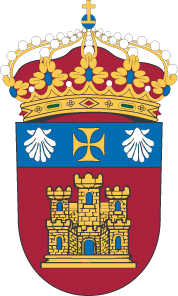Por favor, use este identificador para citar o enlazar este ítem: http://hdl.handle.net/10259/7917
Título
Too good to go? Neanderthal subsistence strategies at Prado Vargas Cave (Burgos, Spain)
Autor
Publicado en
Archaeological and Anthropological Sciences. 2023, V. 15, n. 11, 164
Editorial
Springer
Fecha de publicación
2023-10
ISSN
1866-9557
DOI
10.1007/s12520-023-01857-7
Abstract
Understanding the relationship between Neanderthal groups and their environment and they it is essential to comprehending their ways of life. In this article, we use both zooarchaeology and taphonomy to study the fauna assemblages found in Level 4 of Prado Vargas Cave (Cornejo, Burgos, Spain). The results point to a site in which the main accumulating agent was Neanderthal groups, who transported small- and medium-sized animal carcasses—with deer as the dominant taxon—according to their general utility to systematically and intensely exploit the major muscle bundles, bone marrow, skin, and tendons. According to dental microwear analysis, reiterated and prolonged occupations occurred in diverse moments, suggesting that the site was used most often as a long-term campsite. We detected a minimal amount of carnivore activity, who accessed the cave during periods of human absence and modified some of the remains left by the Neanderthals. Together, this information indicates that Prado Vargas is a key site to understand the dynamics of the Neanderthals in the linking area between the Castillan Plateau and the Cantabrian Range.
Palabras clave
Middle Paleolithic
Neanderthal
Zooarcheology
Taphonomy
Seasonality
Dental wear
Materia
Prehistoria-Burgos
Prehistoric peoples
Arqueología-Burgos
Archaeology-Burgos
Versión del editor
Aparece en las colecciones











